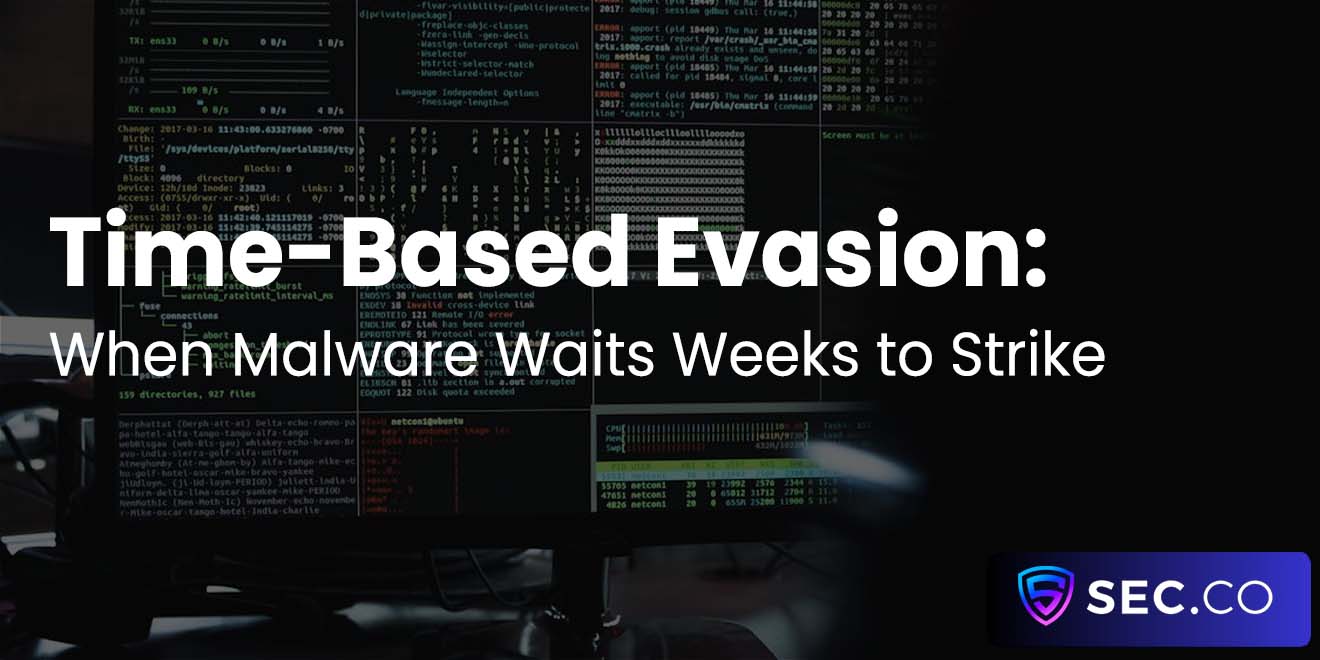Token Abuse and Session Hijacking in Federated Environments
Federated identity has been a game-changer for modern IT, allowing employees, partners, and even customers to glide from one cloud service to another without the headache of juggling usernames and passwords. Yet this very convenience creates an expansive attack surface that smart adversaries know how to exploit. In the broader context of cybersecurity software few issues spark more urgent conversations today than the quiet theft of tokens and the silent hijacking of active sessions.
While a classic password breach can be noisy and obvious, token abuse often happens in the background, granting an attacker the same privileges as the legitimate user—sometimes for weeks—before anyone notices.
The Rise of Federated Identity
Most organizations have already embraced single sign-on (SSO) for SaaS platforms, internal portals, and mobile apps. Identity providers (IdPs) hand out signed JSON Web Tokens, SAML assertions, or proprietary cookies as “proof” that a user has been authenticated.
From the CEO’s perspective, it feels like productivity magic. From the security architect’s perspective, every token that leaves the IdP is an ultra-portable credential that can be replayed anywhere trust is accepted.
Why Tokens Are the New Passwords
Tokens solve the “remember a dozen passwords” problem, but they do not eliminate the human desire to click unknown links, copy data across devices, or install unvetted browser extensions. Because tokens sit in memory, local storage, or a mobile keychain, malware and adversary-in-the-middle techniques can swipe them with little resistance.
Worse, refresh tokens—which are designed to last longer than the initial access token—provide the attacker with a near-inexhaustible supply of fresh credentials.
Common Attack Vectors
Stolen Refresh Tokens
A phishing email no longer needs to ask for your password. It just needs to trick you into visiting a page that silently injects malicious JavaScript. Once the browser’s local storage coughs up a refresh token, the game is over. The attacker can craft new access tokens on demand and remain invisible during routine password resets, because the user’s password never actually changed.
Cross-Site Scripting in Single-Page Apps
Single-page applications (SPAs) often store tokens in the browser so they can refresh API calls without the dreaded full-page reload. One unchecked user input field—think chat windows, comment boxes, or search bars—can allow an adversary to run embedded scripts that exfiltrate those tokens to an external server. The breach is instant and, if the script clears its tracks, very hard to trace.
Exploiting Misconfigured Identity Providers
Cloud IdPs ship with dozens of knobs and checkboxes. Leaving debug endpoints exposed, failing to rotate signing certificates, or permitting wild-card redirects are innocent mistakes that open giant doors. Attackers love extracting service-to-service tokens, which often carry god-like permissions because “no human will ever see them.” Unfortunately, humans do see them—after compromising a build pipeline or forgotten VM.
Real-World Consequences
Lateral Movement Across Tenants
In a multi-tenant SaaS world, one compromised token doesn’t always stay in its lane. A careless configuration might let an attacker jump from a subsidiary’s tenant into the parent company’s tenant, or from a development environment into production. At that point the attack is no longer a simple account takeover; it becomes an enterprise-wide crisis.
Compliance and Legal Fallout
Regulations such as GDPR, HIPAA, and PCI-DSS do not care whether data left the building via a stolen password, or a model inversion attack or a pilfered OAuth token. The fines, disclosure requirements, and brand damage are the same. What stings more is the perception that “invisible” attacks are a sign of poor governance. Boards and auditors increasingly ask how frequently organizations rotate secrets, expire sessions, and monitor anomalous token usage.
Defensive Strategies That Work
Harden Your Identity Provider
Enforce short-lived access tokens (5–15 minutes) and pair them with reasonably short refresh tokens (hours, not days).
Mandate proof-of-possession or sender-constrained tokens, such as those bound to a device certificate or mutual TLS channel, so a stolen bearer token is useless elsewhere.
Disable unused grant types and legacy authentication protocols that bypass multi-factor authentication.
Protect the Browser and the Client
Most token abuse happens on the endpoint, so meet the attacker where they live:
Use Content Security Policy (CSP) headers to block unauthorized JavaScript and reduce XSS exposure.
Store tokens in secure, HTTP-only cookies instead of local storage whenever architecture allows.
Encourage hardware-backed keychains on mobile devices and WebAuthn for sensitive web apps.
Keep corporate browsers under tight configuration management; ban risky extensions and enforce automatic patching.
Monitor, Detect, Respond
Token abuse leaves crumbs—if you know where to look. Security operations teams should:
Log token issuance, refresh events, and unusual geolocations in a centralized SIEM.
Alert on impossible travel or simultaneous logins from multiple continents.
Tag high-value user roles (e.g., global admin, billing manager) and treat their token anomalies as P1 incidents.
Automate token revocation the moment suspicious activity arises, even if that means prompting the user for fresh MFA on their next request.
Looking Ahead
The push toward zero trust doesn’t mean zero tokens; it means every token must constantly re-prove its legitimacy. As federated identity expands to IoT devices, serverless functions, and partner integrations, the volume of tokens in flight will only grow. Organizations that treat tokens with the same respect—and the same paranoia—as long-form passwords will fare better in the next wave of supply-chain and cloud compromise stories.
Solving token abuse and session hijacking is not a one-time sprint but a continuous hardening cycle. By tightening identity configurations, securing endpoints, and maintaining relentless monitoring, security teams can give users the streamlined sign-on experience they crave without sacrificing the core principles of Cybersecurity & Cyberdefense that keep the business safe.
Reach out today about a cybersecurity audit or assessment.
Trusted by the Web Community
See what we written lately
Request an invite
Get a front row seat to the newest in identity and access.
















